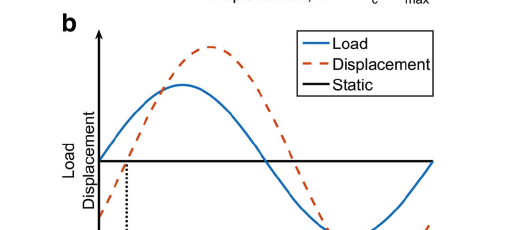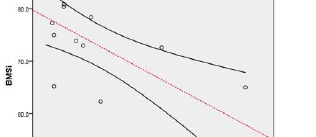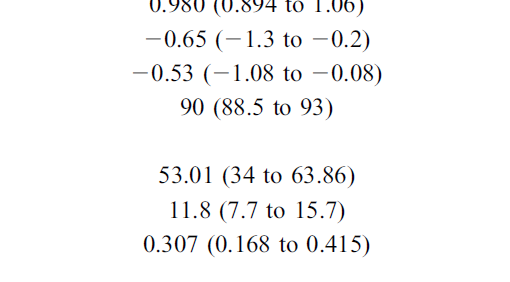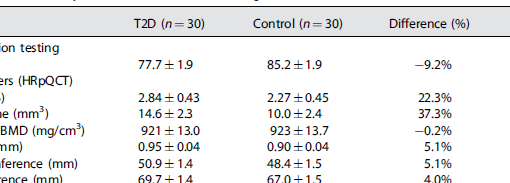Abstract
OBJECTIVE:
Acromegaly is a rare disease caused by excess growth hormone (GH) production by the pituitary adenoma. The skeletal complications of GH and IGF-1 excess include increased bone turnover, increased cortical bone mass and deteriorated microarchitecture of trabecular bone, associated with a high risk of vertebral fractures in the presence of relatively normal bone mineral density (BMD). We aimed to evaluate tissue-level properties of bone using impact microindentation (IMI) in well-controlled patients with acromegaly aged ≥18 years compared to 44 controls from the outpatient clinic of the Centre for Bone Quality.
DESIGN AND METHODS:
In this cross-sectional study, bone material strength index (BMSi) was measured in 48 acromegaly patients and 44 controls with impact microindentation using the osteoprobe.
RESULTS:
Mean age of acromegaly patients (54% male) was 60.2 years (range 37.9-76.5), and 60.5 years (range 39.8-78.6) in controls (50% male). Patients with acromegaly and control patients had comparable BMI (28.2 kg/m2 ± 4.7 vs 26.6 kg/m2 ± 4.3, P = 0.087) and comparable BMD at the lumbar spine (1.04 g/cm2 ± 0.21 vs 1.03 g/cm2 ± 0.13, P = 0.850) and at the femoral neck (0.84 g/cm2 ± 0.16 vs 0.80 g/cm2 ± 0.09, P = 0.246). BMSi was significantly lower in acromegaly patients than that in controls (79.4 ± 0.7 vs 83.2 ± 0.7; P < 0.001).
CONCLUSION:
Our data indicates that tissue-level properties of cortical bone are significantly altered in patients with controlled acromegaly after reversal of long-term exposure to pathologically high GH and IGF-1 levels. Our findings also suggest that methods other than DXA should be considered to evaluate bone fragility in patients with acromegaly.
https://www.ncbi.nlm.nih.gov/pubmed/28077497
Eur J Endocrinol. 2017 Mar;176(3):339-347. doi: 10.1530/EJE-16-0808. Epub 2017 Jan 11.




